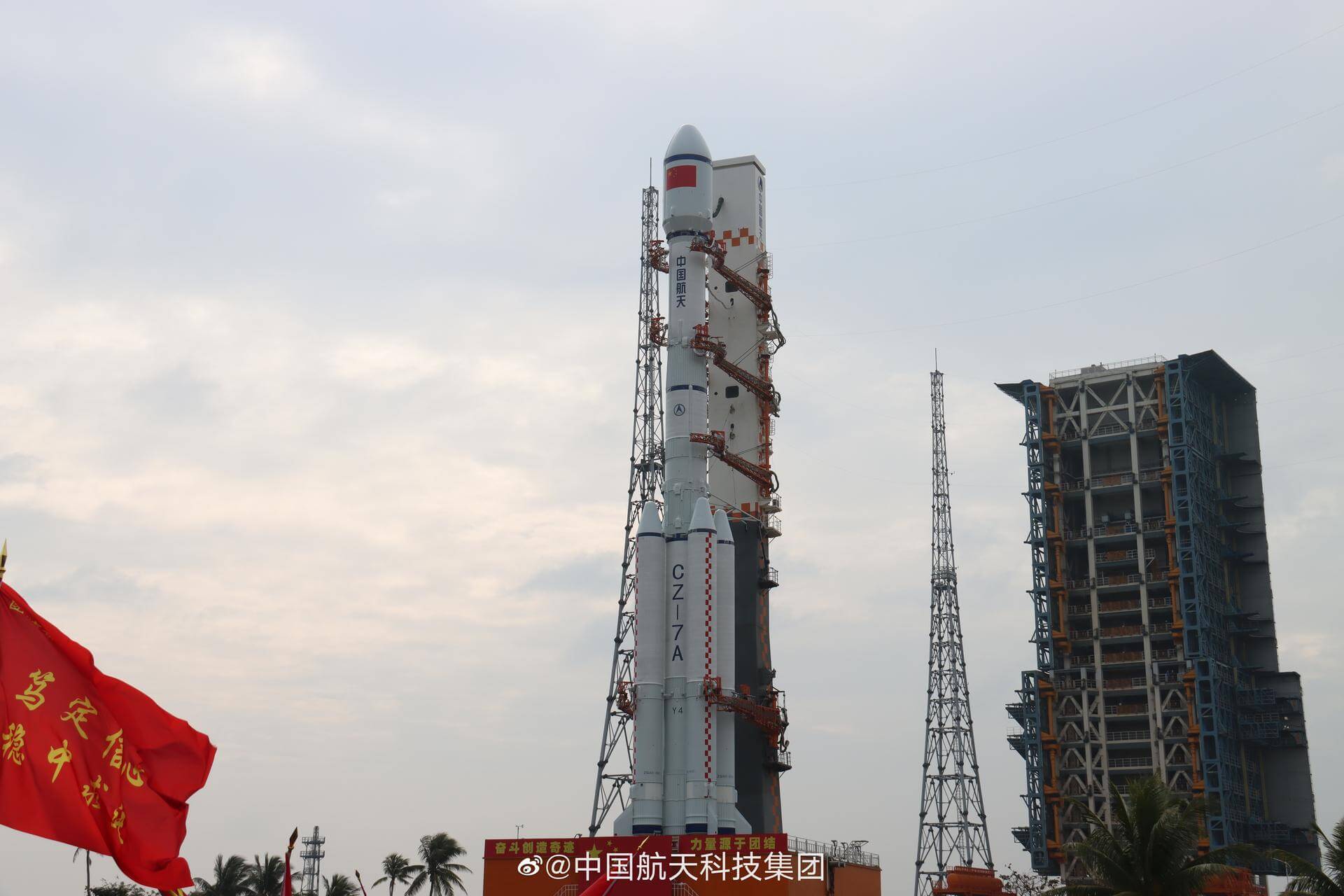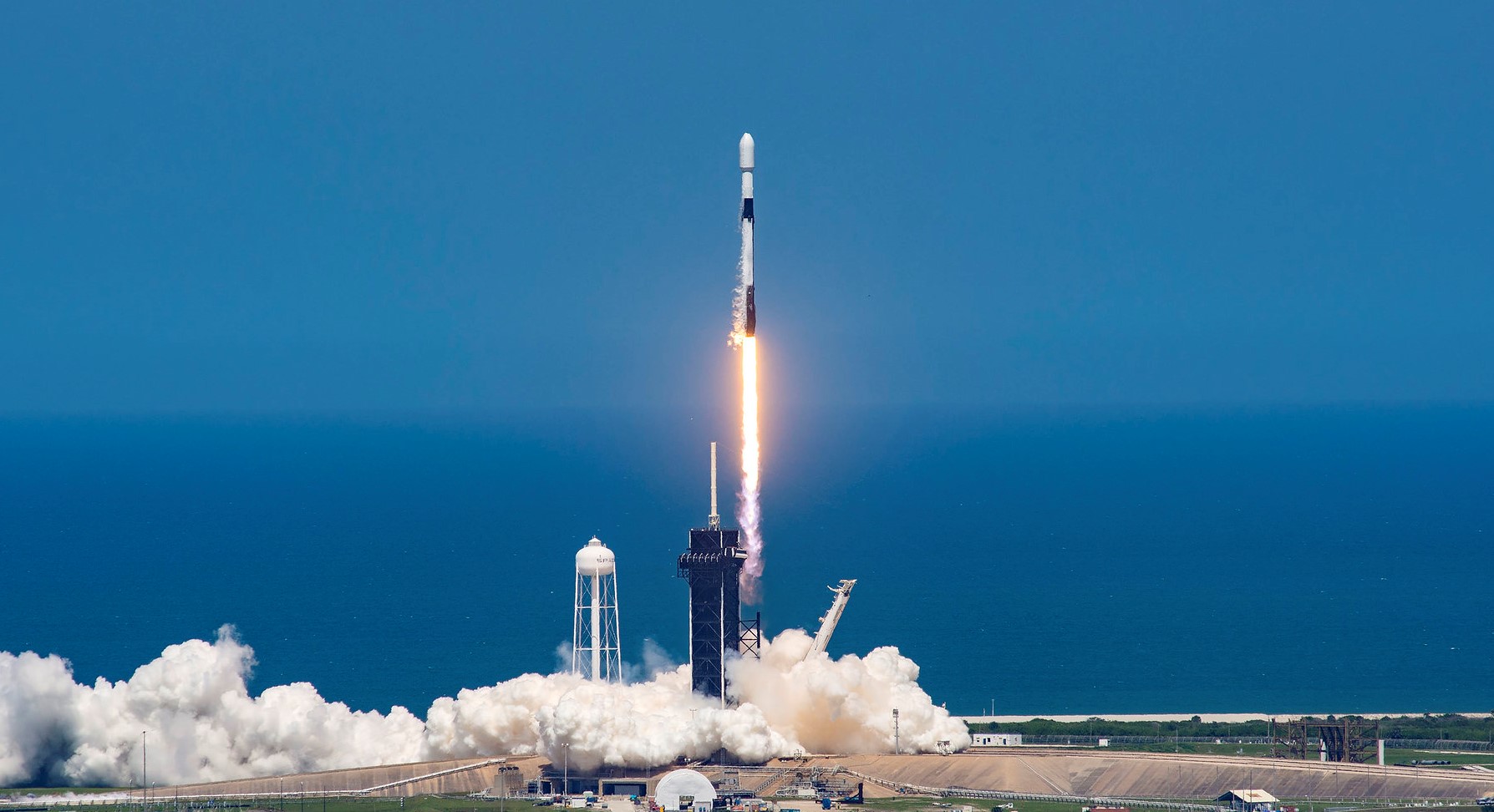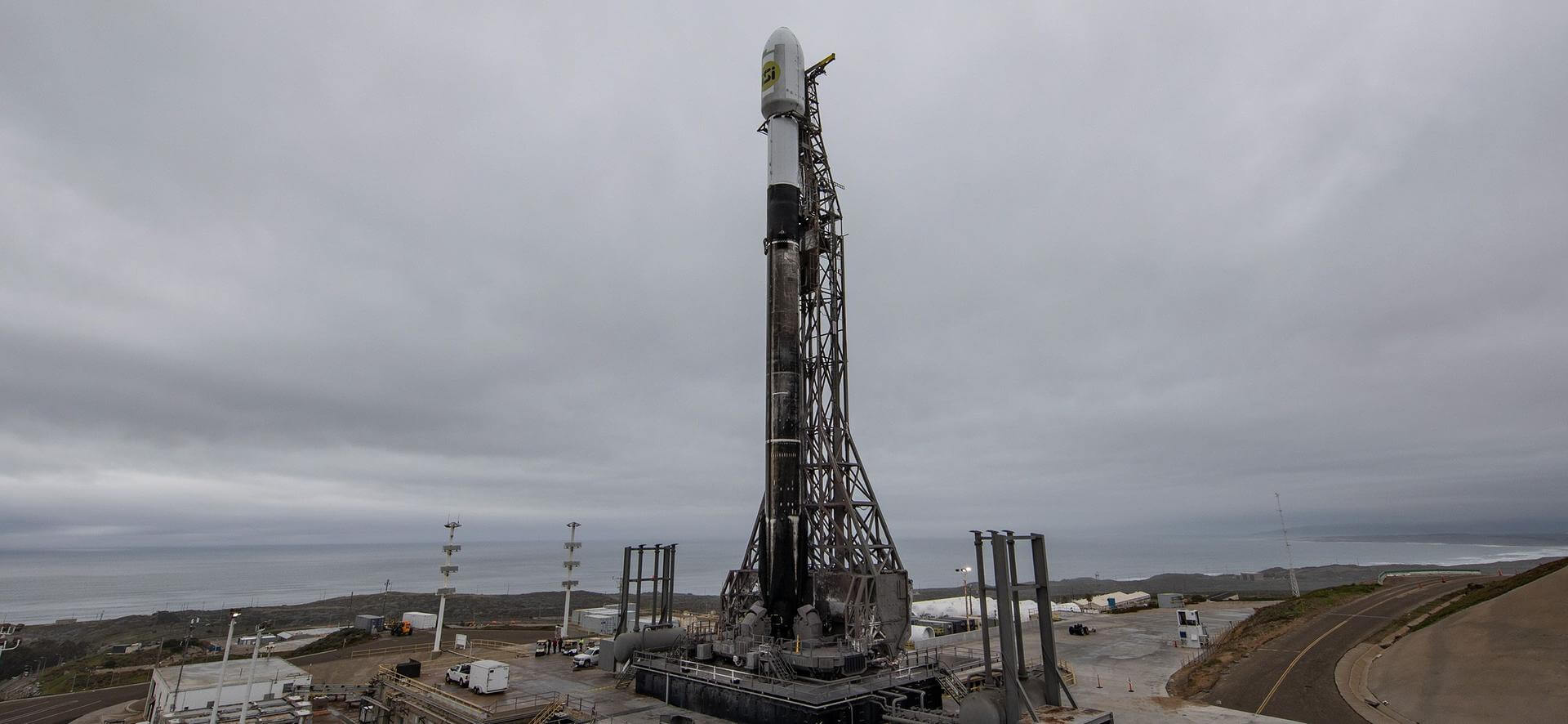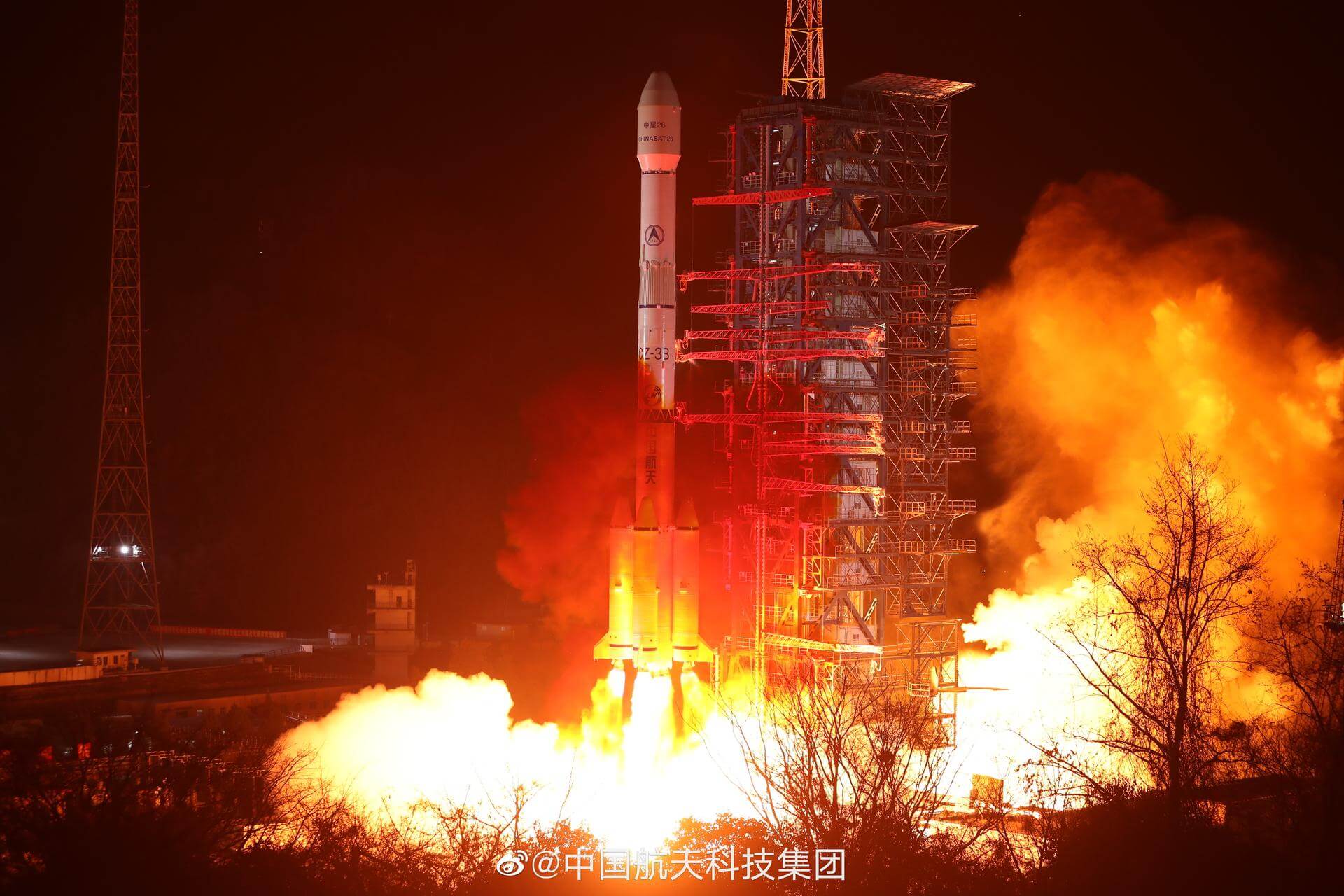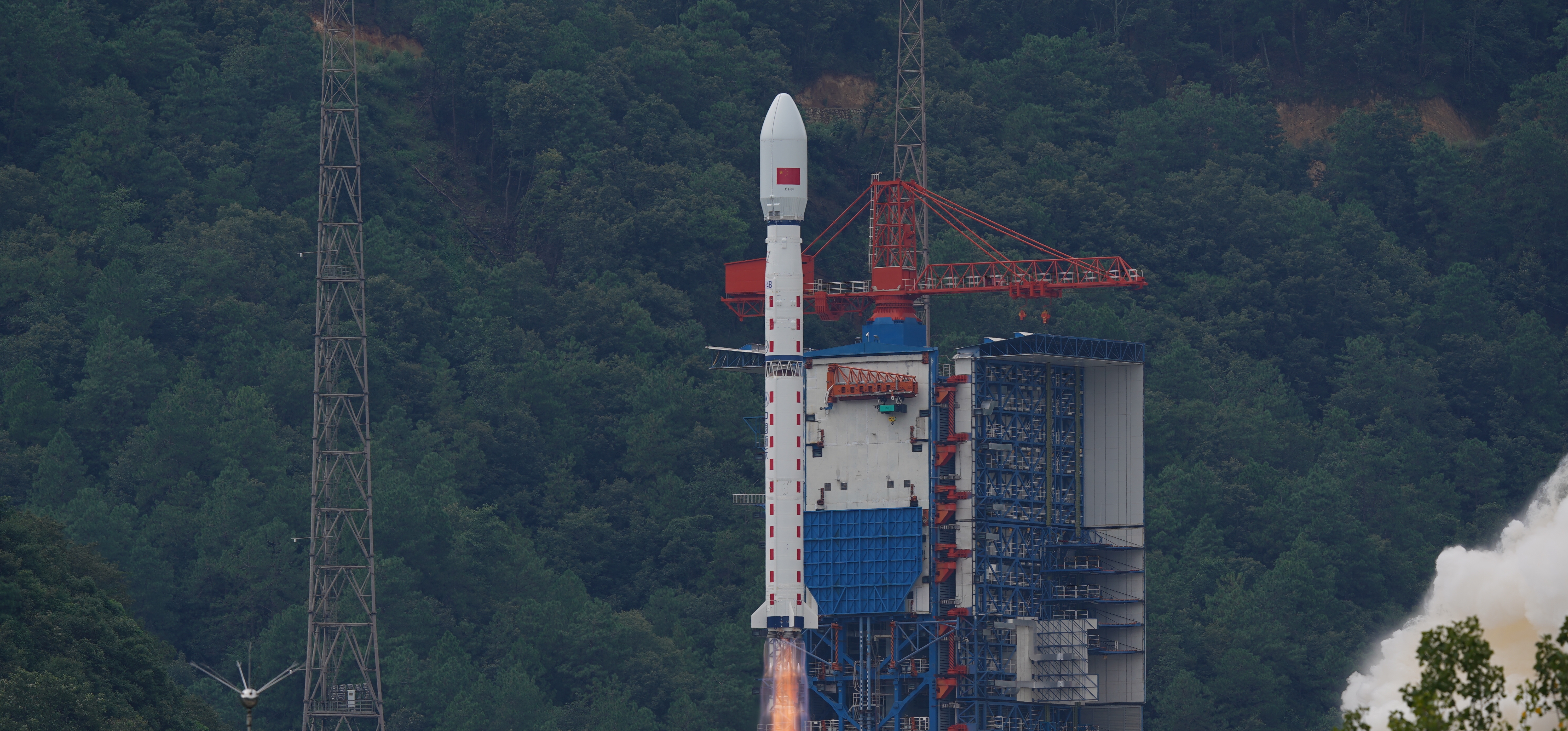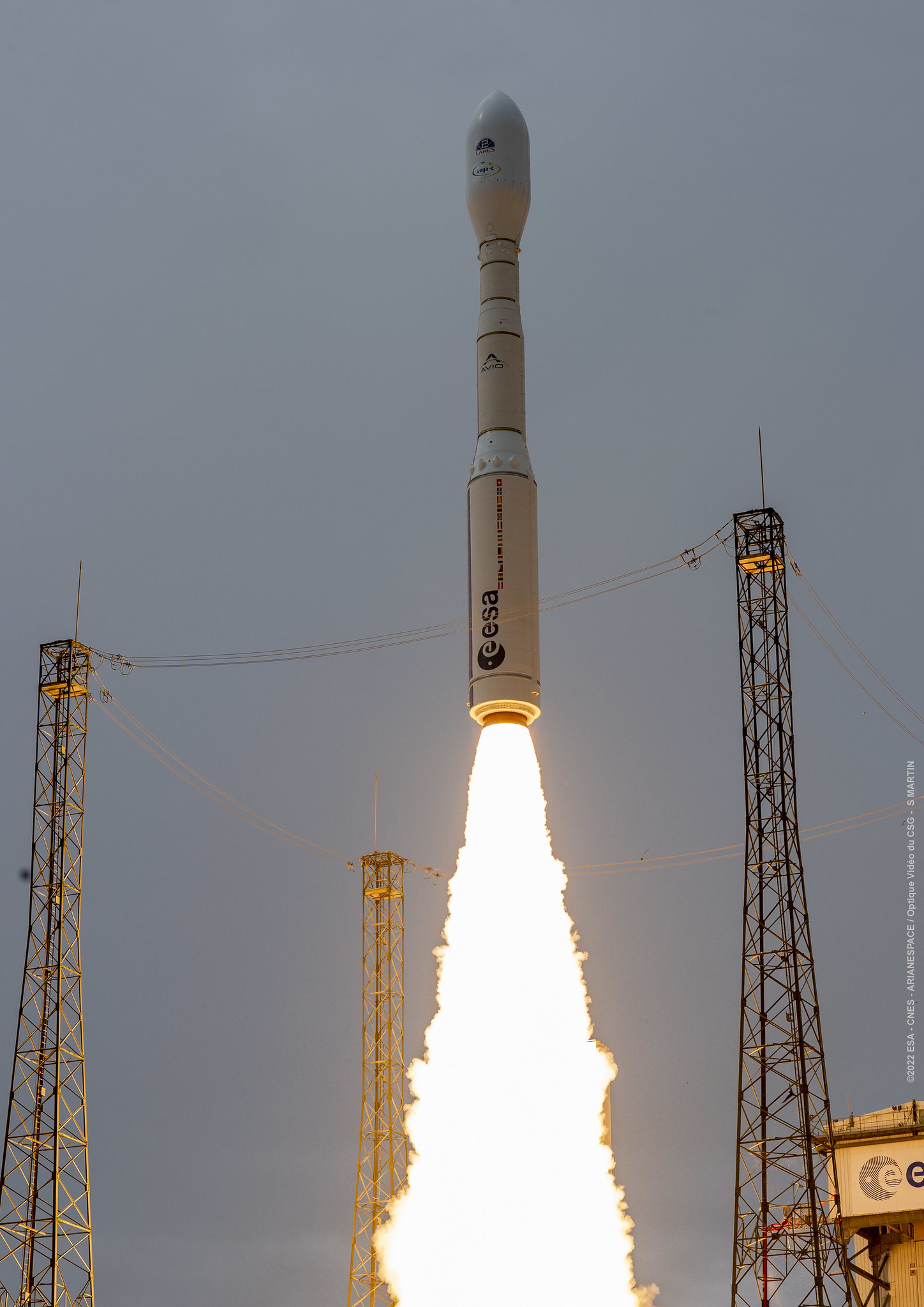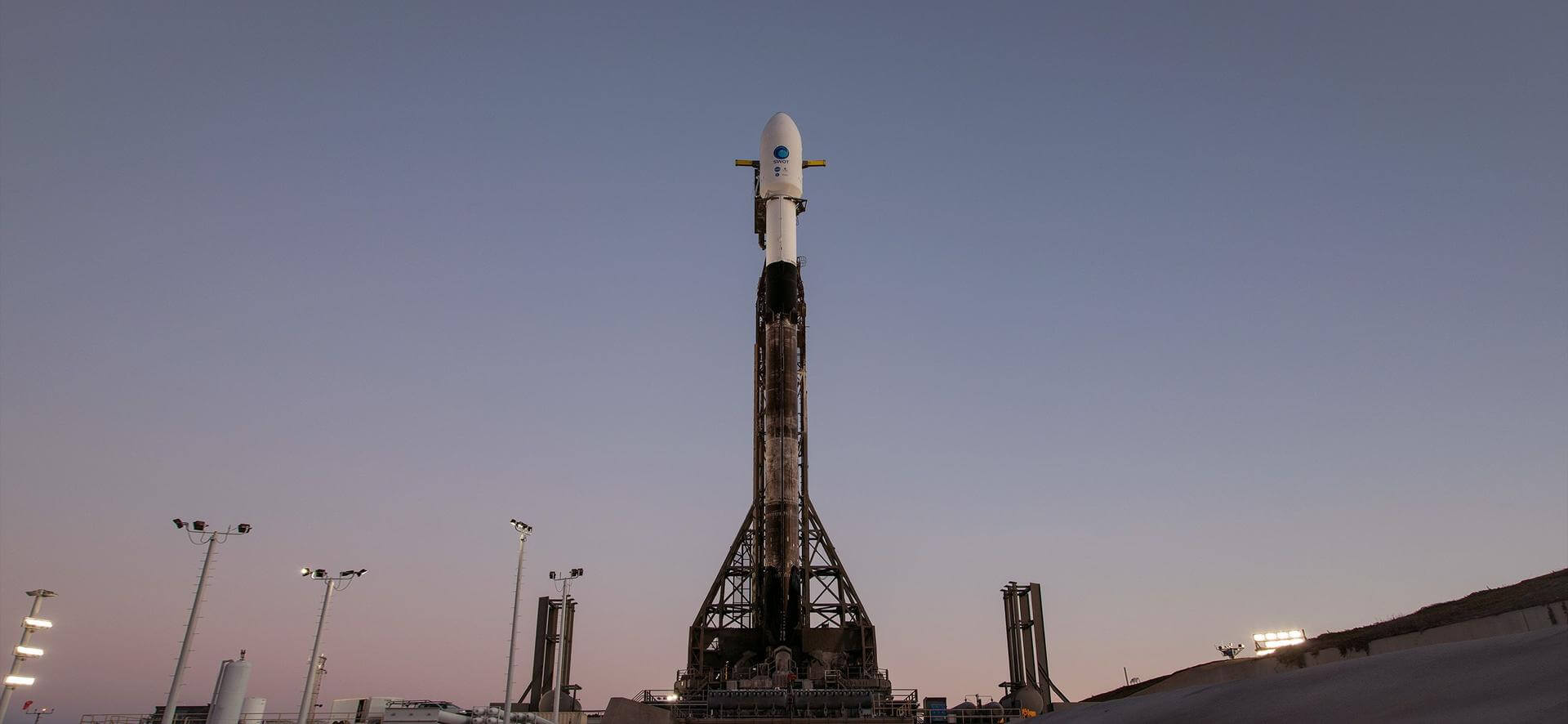Previous Spaceflight Launches
Filter by Agency, Locations or Vehicles
Show All LaunchesLong March 7A | Shijian 23
China Aerospace Science and Technology Corporation | ChinaWenchang Space Launch Site, People's Republic of China
Jan. 8, 2023, 10 p.m.
Falcon 9 Block 5 | Transporter 6 (Dedicated SSO Rideshare)
SpaceX | United States of AmericaCape Canaveral SFS, FL, USA
Jan. 3, 2023, 2:55 p.m.
Falcon 9 Block 5 | EROS-C3
SpaceX | United States of AmericaVandenberg SFB, CA, USA
Dec. 30, 2022, 7:38 a.m.
Status: Launch Successful
Mission:
Israeli Earth Observation satellite with 38 cm resolution in panchromatic mode and 76 cm resolution in multi-spectral mode, covering a swath of ~12.5 km. The satellite is similar to OPTSAT-3000 built by Israel Aerospace Industries (IAI) for the Italian Defense Ministry.
Low Earth Orbit B1061 - Flight Proven ( ) Landing Zone 4Long March 3B/E | Shiyan 10-02
China Aerospace Science and Technology Corporation | ChinaXichang Satellite Launch Center, People's Republic of China
Dec. 29, 2022, 4:43 a.m.
Falcon 9 Block 5 | Starlink Group 5-1
SpaceX | United States of AmericaCape Canaveral SFS, FL, USA
Dec. 28, 2022, 9:34 a.m.
Long March 4B | Gaofen-11-04
China Aerospace Science and Technology Corporation | ChinaTaiyuan Satellite Launch Center, People's Republic of China
Dec. 27, 2022, 7:37 a.m.
Status: Launch Successful
Mission:
Gaofen is a series of civilian Earth observation satellites developed and launched for the China High-definition Earth Observation System (CHEOS), a state-sponsored programme aimed to develop a near-real time, all-weather, global surveillance network consisting of satellite, near-space (stratosphere) airships, and aerial observation platforms.
Sun-Synchronous OrbitVega-C | Pléiades Neo 5 & 6
Avio S.p.A | ItalyGuiana Space Centre, French Guiana
Dec. 21, 2022, 1:47 a.m.
Falcon 9 Block 5 | Starlink Group 4-37
SpaceX | United States of AmericaKennedy Space Center, FL, USA
Dec. 17, 2022, 9:32 p.m.
Falcon 9 Block 5 | O3b mPower 1 & 2
SpaceX | United States of AmericaCape Canaveral SFS, FL, USA
Dec. 16, 2022, 10:48 p.m.
Falcon 9 Block 5 | SWOT (Surface Water and Ocean Topography)
SpaceX | United States of AmericaVandenberg SFB, CA, USA
Dec. 16, 2022, 11:46 a.m.
Status: Launch Successful
Mission:
Satellite altimeter jointly developed by NASA and CNES, the French space agency, in partnership with the Canadian Space Agency (CSA) and UK Space Agency (UKSA) designed to make the first global survey of the Earth's surface water, to observe the fine details of the ocean surface topography, and to measure how terrestrial surface water bodies change over time.
Low Earth Orbit B1071 - Flight Proven ( ) Landing Zone 4